The state of healthcare in the United States is, in a word, unsustainable. National health expenditures reached $4.1 trillion in 2020 and are expected to reach $6.8 trillion by 2030. Almost 40% of the population is enrolled in Medicare or Medicaid, with the programs accounting for one of every three dollars spent by the federal government. As Americans get older and the share of 16- to 64-year-olds in the workforce gets smaller, the true burden of these costs will only become more apparent.
“The tax base to cover the cost of healthcare is declining at a time when the demand is increasing,” warned Ken Albert, President and CEO of Androscoggin Home Healthcare and Hospice. “We are not prepared. We have to be innovative. We need a system redesign. Our infrastructure is not ready.”
In a featured discussion at the inaugural Home Care Innovation Forum in San Diego, California, Albert joined four industry leaders to discuss the challenges ahead and how to navigate them. The discussion included Andrew Agwunobi, President of Home Solutions at Humana; David Causby, President and CEO of Gentiva; Emma Dickison, President and CEO of Home Helpers Home Care; and Dave Totaro, Chief Government Affairs Officer at BAYADA.
Building a Movement
The dire state of healthcare may be daunting, but it comes with immense opportunities. In 1995, as Albert noted, only 18% of healthcare delivery occurred in home- and community-based settings, while 82% occurred in institutional settings. In 2020, those figures had shifted to 61% and 39%, respectively.
Meeting this opportunity won’t be easy for a fragmented industry bogged down by massive costs and inconsistent policy frameworks. When advertising guru Alan Kay met with BAYADA’s practice presidents to offer his own advice on their strategic challenges, he told them to build a movement. “He said, ‘You’ve gotta get more people involved in your issues,’” Totaro recalled. “'You've got silos all over the place in your industry. You gotta break those silos down, and you gotta start working together.’”
That was more than a decade ago. In the years since, BAYADA has invested considerably in building that movement with its advocacy arm, Hearts for Home Care, growing its government affairs office to about 15 professionals and its grassroots corps to hundreds of volunteer ambassadors in cities across the country. “Their responsibility is to develop relationships at the local level, because we believe strongly that all politics is local,” Totaro explained. “The ROI for our program started at about seven-to-one. Today, it's running around 24-to-one. And it has been proven that the more feet we put on the ground, the ROI grows faster than the cost increase.”
In other words, building a movement paid off. Since 2014, the 24 or so states where BAYADA operates its full advocacy program have seen their reimbursement rates grow 23%. In the states where it operates a partial program, that figure is closer to 15%. In the states where it doesn’t operate at all, meanwhile, have seen an average cut of seven percent. “There's almost a 30% difference between putting a program together where you have your employees carrying the message to their legislators and those who remain silent,” Totaro said.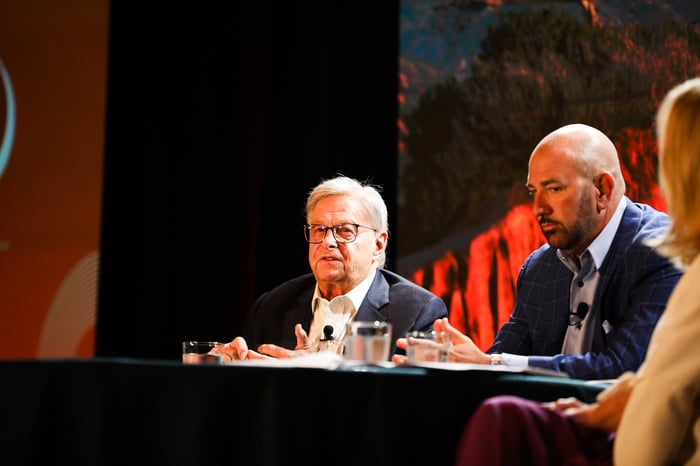
Drawing on his own experience working in state government, Agwunobi agreed that the path to a more sustainable future lies in robust advocacy efforts. “If you see where the puck is going with the state or the federal government, getting in early and trying to help shape that for the future is important,” he said. Dickison specifically stressed the importance of setting national standards of care for the home care sector. “At the state level, it is all over the place,” she said. “Patients in the country deserve better than that.”
Creating a better world for patients isn’t just in the interests of providers, of course. As the panelists noted, large payers also have a stake in setting care standards and improving reimbursement policies. Providers could benefit tremendously by working with them to lobby for policy changes.
“I think rallying the industry, trying to figure out some standards of care, and really trying to focus in Washington on advocacy to change the landscape of what this industry and the post-acute world could look like, has gotta be first and forefront,” Causby said. “Because we've been so fragmented. We're just the recipient of what comes downstream. And now that there is 50% penetration in Medicare Advantage, I think we should lean on the managed care companies to be a voice and stand behind us to try to fight for the industry.”
Earning a Seat at the Table
How can small and regional providers earn a seat at the table with national organizations, let alone position themselves to negotiate effectively with large payers? In Agwunobi’s view, the answer lies in knowing what they do well today and optimizing it for tomorrow.
“If you look to the future and where Medicare Advantage is going — the growth of Medicare Advantage and the decline of original Medicare — you need to be thinking about how to get on the path to risk,” he said, advising providers to build capabilities based on what they’re already good at rather than taking on large swaths of risk overnight. “The payers, they're looking for entities that can provide value-based care. No one organization is going to be able to provide all the care in the industry. What Humana is looking for is organizations that are thinking with a value-based mindset.”
Causby echoed Agwunobi’s point, stressing the need for providers to take on risk where they have the capability to do so effectively: for instance, by hiring high-quality nursing talent to reduce emergency room visits and re-hospitalizations. Then, when they sit down to negotiate with payers, they’ll be able to demonstrate that they’re positioned for the industry’s broader shift from transactional models to value-based models. 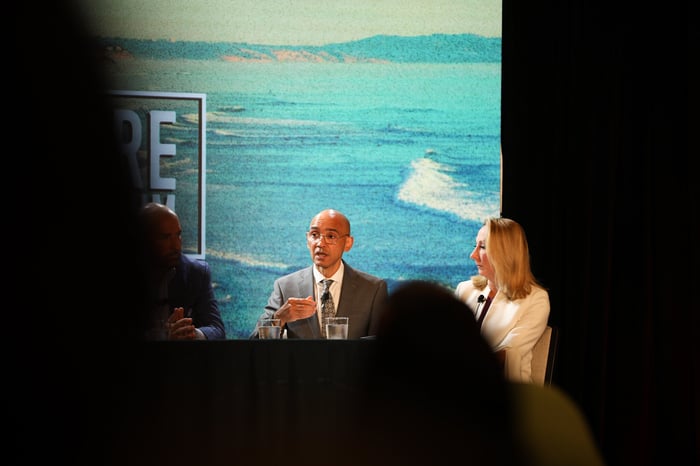
“You're gonna have to go at risk on some of these things in order to earn a seat at the table,” Causby advised. “Ultimately, I do believe that the payment models will work out to where it could be even more profitable than a fee-for-service delivery model, because the value that you're creating to the payers is even more than what it is today.”
“The payers cannot own every home care agency in America; they are gonna have to have third-party providers,” he added. “The people that are willing to come to the table, sit down, and try to look at some risk-sharing models, those will be the ones that have the best opportunity for a long-term partnership.”
“The Industry Has to Advance”
Turning towards the continuing workforce crisis, the panelists agreed that the solution once again lies in policy reform. As Dickison explained, Home Helpers is advocating for an H2-C visa specifically for home care, allowing providers to hire immigrants after attesting to the Secretary of Labor that they’ve exhausted all other recruitment avenues. “Legal immigration can be a great source for us in the US to continue to grow as a country, as an economy, and provide a great opportunity to so many,” she said.
Immigration reform can help improve the home care industry in other ways. “We serve a very diverse population all over the country,” Dickison added. “It also brings diversity and linguistic reality to the work that we do as well, which I think is really compelling. But it's going to take a lot of people working together to get and understand that research, do the education, and try to find a path forward in our current political climate.”
The workforce crisis is one of many challenges that point to the need for traditional Medicare providers to forge a collaborative relationship with Medicare Advantage, working together to navigate an evolving market and lobby policymakers for the support they both need. “I hope the industry doesn't look at an adversarial relationship,” Causby said. “I hope we embrace where it's going and look at the opportunity to learn from much larger organizations that have better data analytics than any one of us have.”
“For organizations that just kind of get stuck and say, ‘We have workforce issues, we have issues with managed care in regards to reimbursement, and we're stuck in this spot we're in’ — well, you're always gonna be stuck there,” he concluded. “The industry has to advance and think through a different lens, and some of the things that are happening will benefit us down the road.”

Posted by
Join us!
The retreat for home health care and hospice leaders innovators.
May 17-19, 2026 | Palm Springs, CA


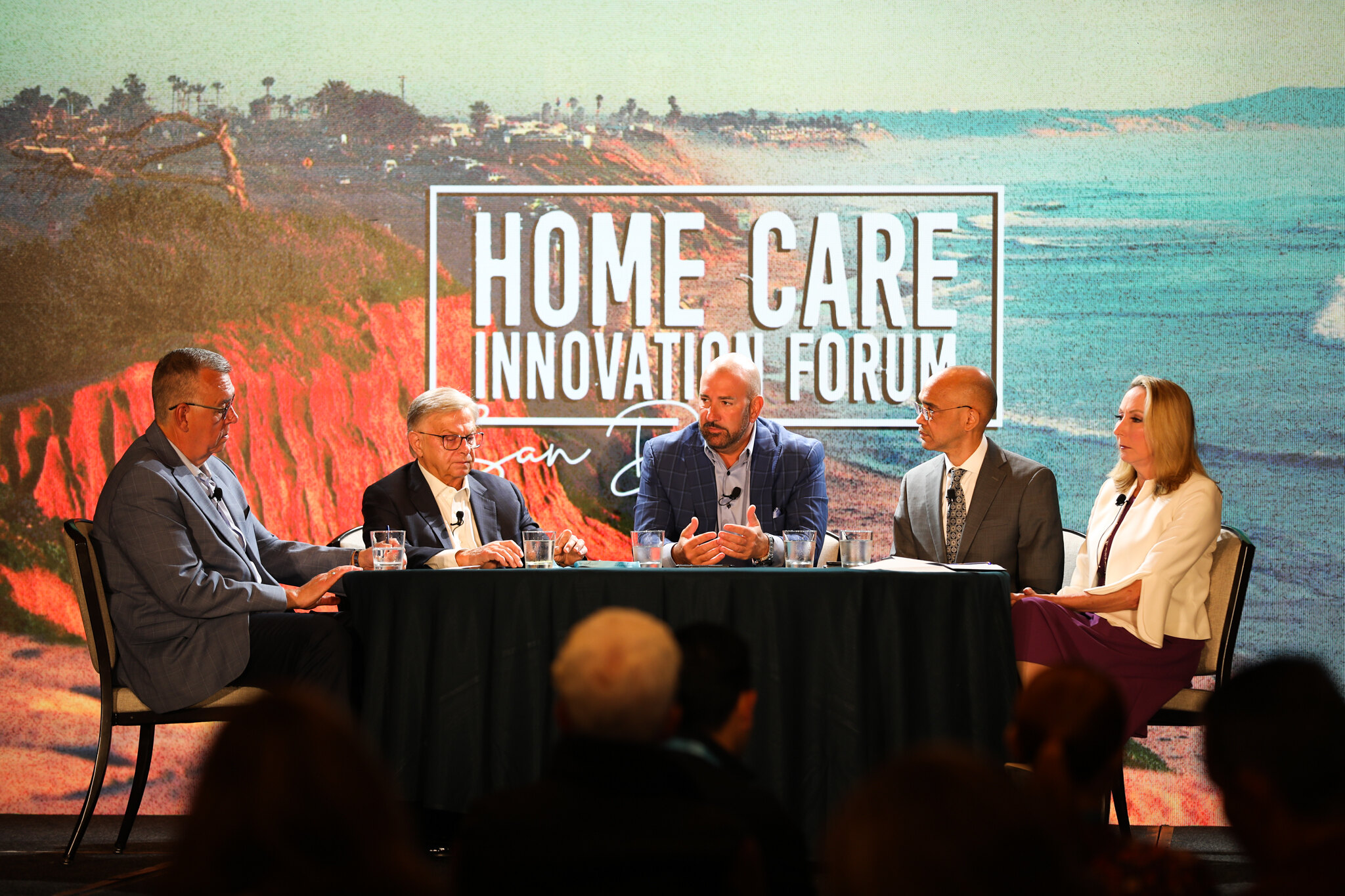

-2.png)
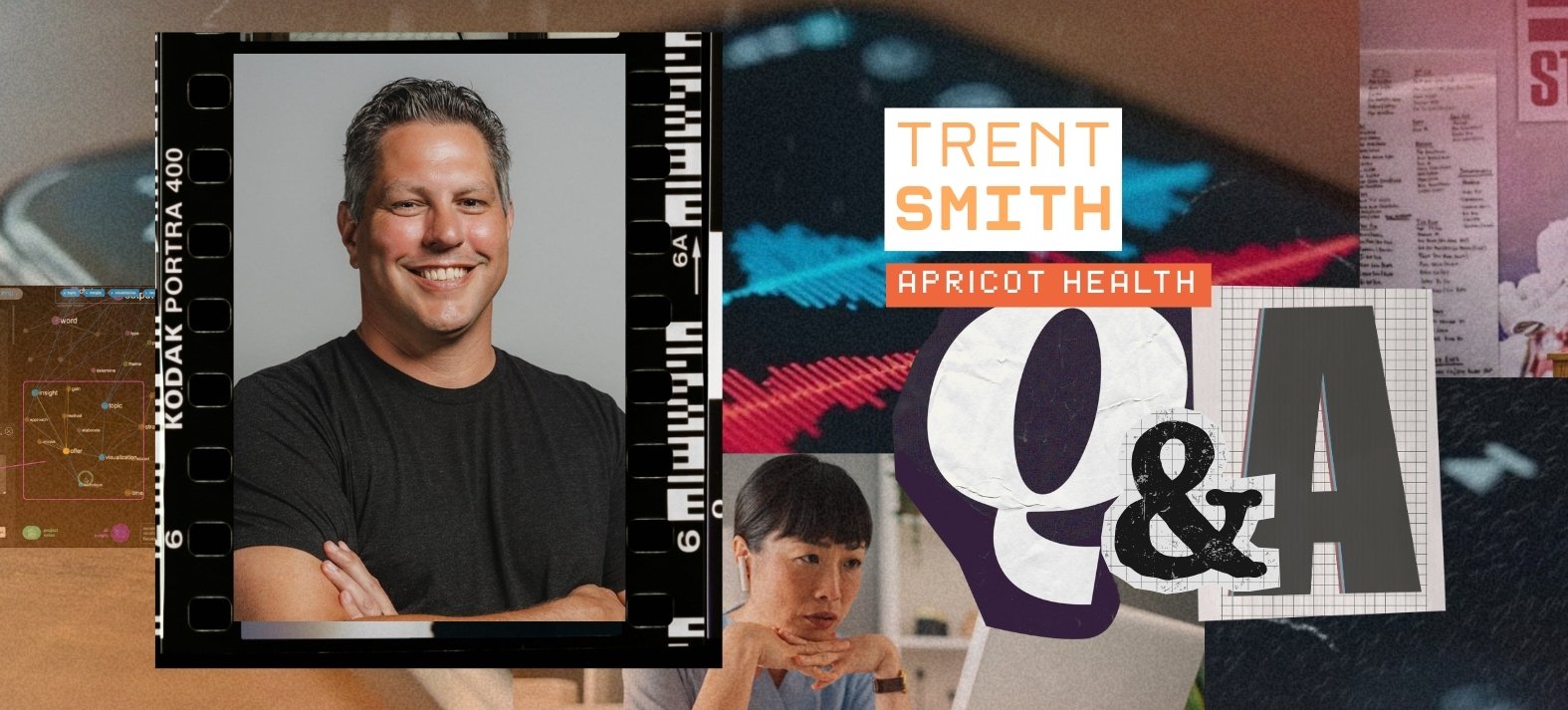
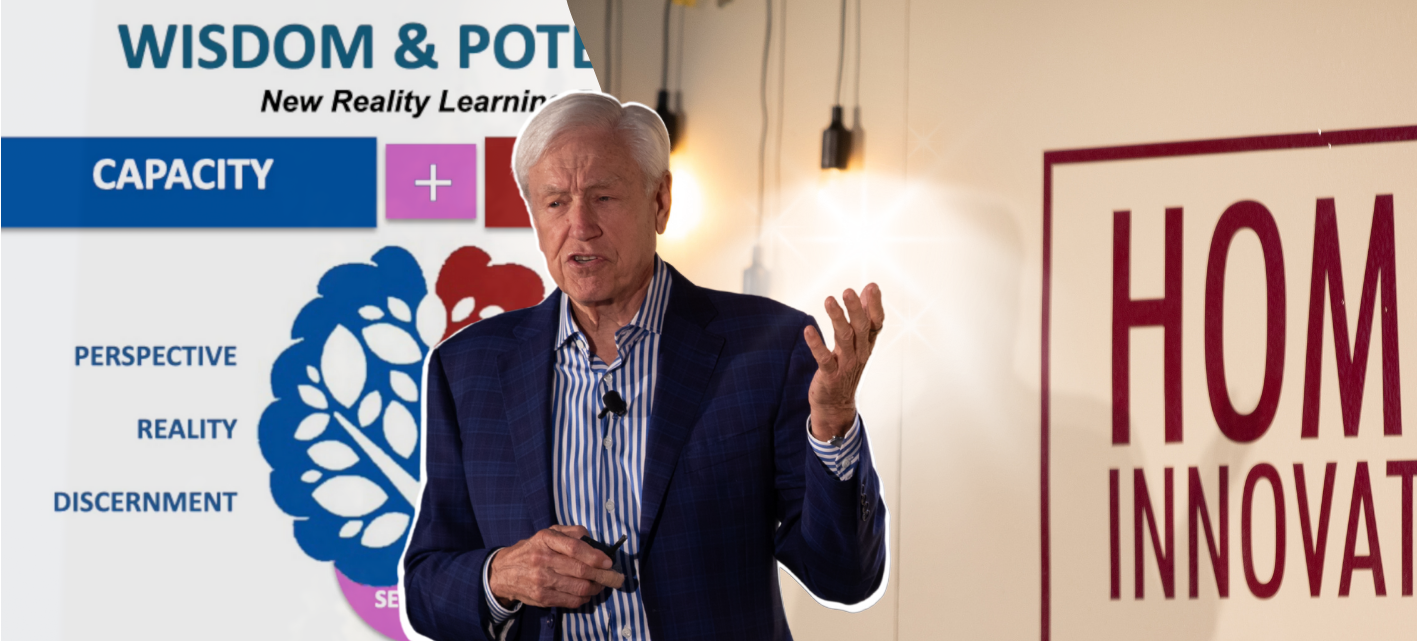
-2.png)
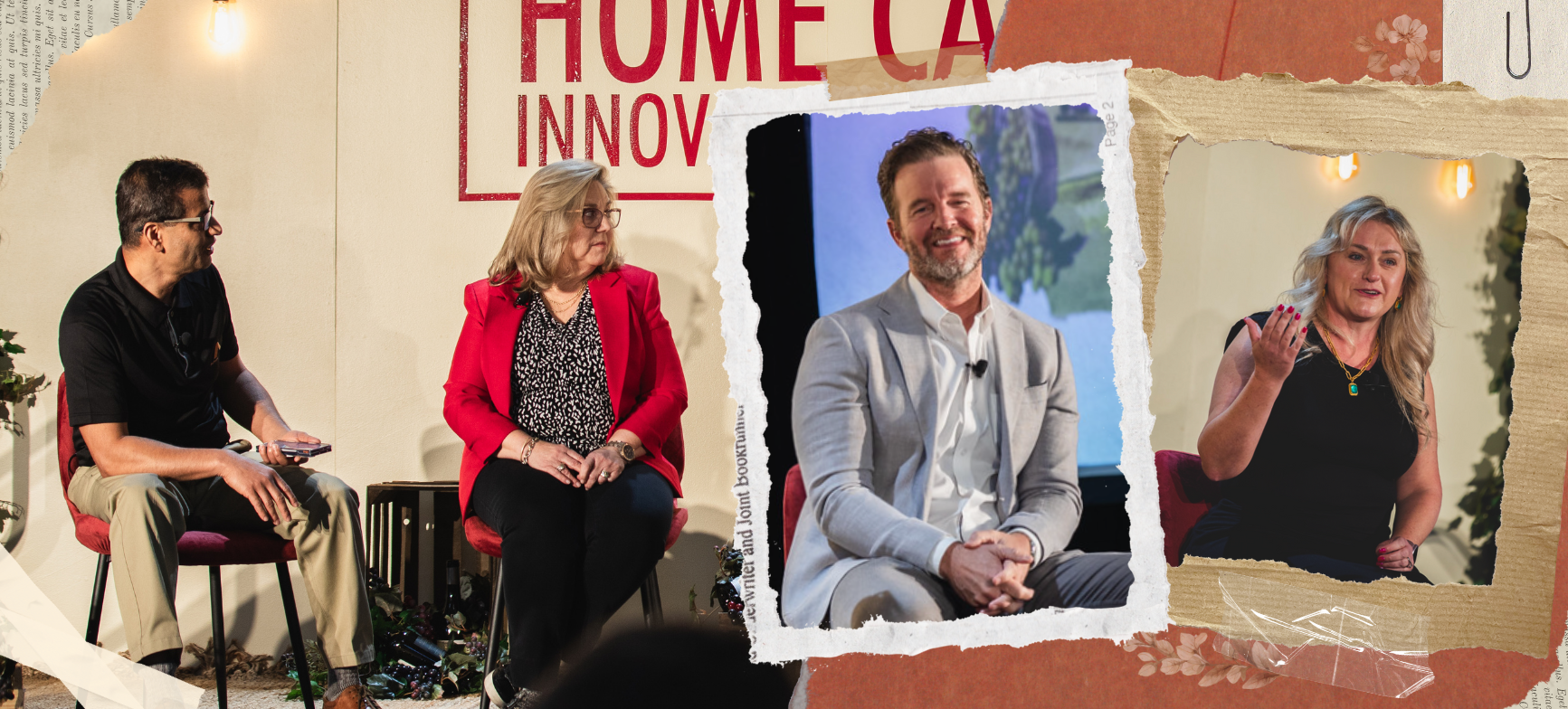

Comments